In an era where stress and anxiety have become unwelcome companions in daily life, a new genre of digital therapy is emerging: negative energy simulators. These unconventional video games, designed specifically for emotional catharsis, are gaining traction among those seeking unconventional ways to process frustration. Unlike traditional games focused on achievement or escapism, these digital experiences invite players to lean into their darker emotions rather than suppress them.
The concept might sound counterintuitive at first glance. After all, haven't we been conditioned to avoid negativity at all costs? Yet psychologists are beginning to recognize what gamers have intuitively understood - sometimes the healthiest way through difficult emotions is directly into them. Negative energy simulators create safe containers for rage, sadness, and despair, allowing players to experience these emotions without real-world consequences.
One particularly popular title in this niche genre, Rage Room VR, transports players to a virtual space filled with breakable objects. From china plates to electronics, everything can be smashed with satisfying physics-based destruction. The game tracks swing velocity and impact intensity, rewarding particularly forceful strikes with exaggerated slow-motion effects. What might look like mindless violence from the outside actually serves as a potent emotional release valve for many players.
Another standout example, Office Nemesis, taps into workplace frustrations. Players can recreate their actual office environment or choose from preset corporate hellscapes. The gameplay revolves around passive-aggressive revenge fantasies against digital stand-ins for difficult coworkers or unreasonable bosses. While the actions might seem petty - rearranging someone's virtual desk, sabotaging their coffee order - the psychological relief reported by players is anything but trivial.
The therapeutic value of these experiences shouldn't be underestimated. Clinical studies have shown that controlled expression of anger can reduce aggressive impulses more effectively than suppression. Negative energy simulators provide exactly this kind of controlled environment. Players know their actions exist in a consequence-free digital space, allowing them to fully immerse in emotional release without guilt or hesitation.
Game developers in this space often collaborate with mental health professionals to ensure their creations walk the fine line between catharsis and reinforcement of negative patterns. The best titles incorporate subtle psychological mechanisms - gradually shifting players from destructive behaviors to more constructive outlets as gameplay progresses. This mirrors therapeutic techniques used in anger management programs, just packaged in interactive entertainment.
Beyond simple destruction, some negative energy simulators explore more nuanced emotional landscapes. Gloom Hotel, for instance, creates a melancholic atmosphere where players can wallow in sadness through poetic interactions. They might compose depressing poetry that gets transformed into haunting visual landscapes, or have tearful conversations with AI-generated characters who offer non-judgmental listening. The game validates sadness rather than trying to immediately fix it, which many players find surprisingly comforting.
The rise of these games coincides with broader cultural shifts in how we discuss mental health. Where previous generations might have dismissed such emotional expression as self-indulgent, younger demographics increasingly recognize the importance of processing rather than ignoring difficult feelings. Negative energy simulators represent the gamification of this psychological awareness, meeting players where they already spend much of their leisure time - in digital worlds.
Critics argue that these games might normalize negative emotions or encourage unhealthy coping mechanisms. However, proponents counter that they actually do the opposite - by providing designated spaces and times for emotional release, they help prevent those feelings from spilling over into real-life interactions. The games essentially function as emotional sandboxes, allowing players to experiment with intense feelings in safe environments.
As the genre evolves, developers are incorporating more sophisticated emotional intelligence systems. Some newer titles can detect player frustration levels through biometric data or gameplay patterns, adjusting scenarios accordingly. Others use AI to generate personalized cathartic experiences based on players' journal entries or voice inputs. This technological advancement is blurring the line between entertainment and therapy in fascinating ways.
The business case for negative energy simulators is proving surprisingly strong. While they may never achieve the blockbuster status of mainstream AAA titles, they've developed a loyal following willing to pay premium prices for quality emotional experiences. Subscription models are particularly successful, as many players return to these games regularly as part of their emotional maintenance routines. Some companies even offer corporate packages, recognizing the potential for workplace stress relief.
Looking ahead, the negative energy simulator genre seems poised for growth. As augmented reality technology matures, we may see cathartic experiences seamlessly blended into physical environments. Imagine venting frustration at a virtual representation of your commute troubles while actually riding the subway, or having a good cry with an AI companion during your lunch break in the park. The digital therapeutic revolution appears to be just beginning.
Ultimately, these games represent more than just another entertainment trend. They reflect our evolving understanding of emotional health in the digital age. By creating spaces where negativity isn't just allowed but actively engaged with, negative energy simulators are challenging outdated notions about how we should deal with difficult emotions. In a world that often demands constant positivity, sometimes what we need most is permission to not be okay - and a constructive way to process that feeling.
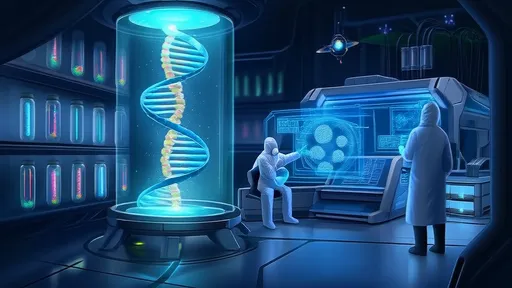
By /Jul 3, 2025
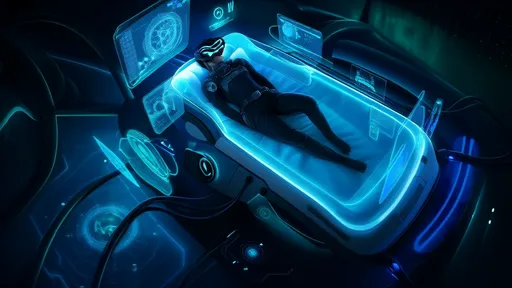
By /Jul 3, 2025
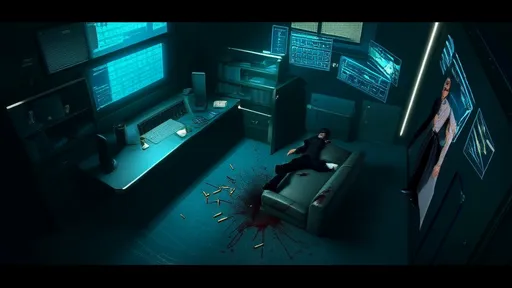
By /Jul 3, 2025

By /Jul 3, 2025

By /Jul 3, 2025
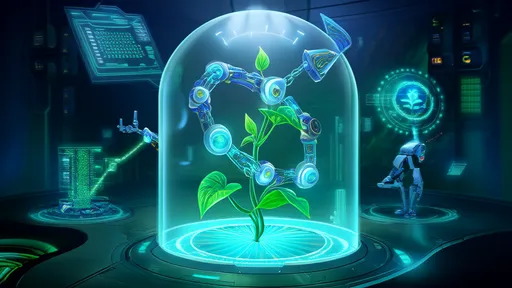
By /Jul 3, 2025
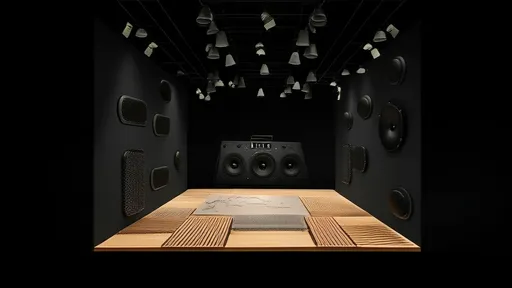
By /Jul 3, 2025

By /Jul 3, 2025

By /Jul 3, 2025
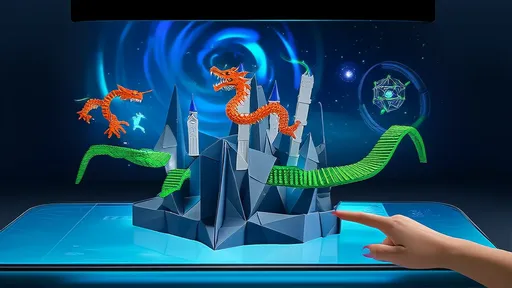
By /Jul 3, 2025
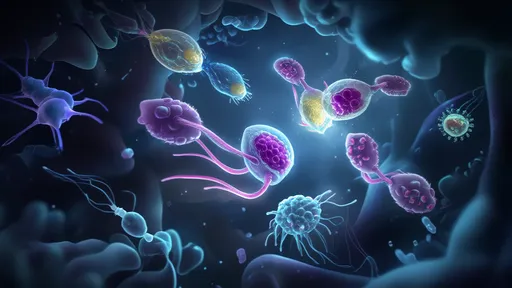
By /Jul 3, 2025
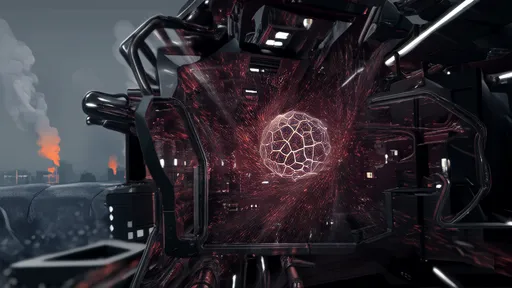
By /Jul 3, 2025

By /Jul 3, 2025
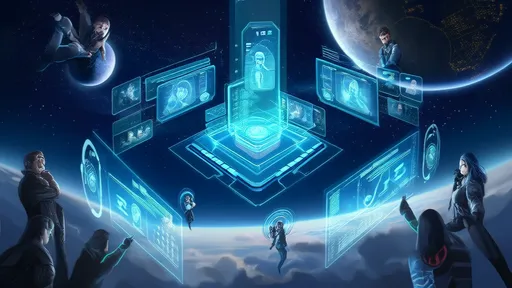
By /Jul 3, 2025

By /Jul 3, 2025

By /Jul 3, 2025
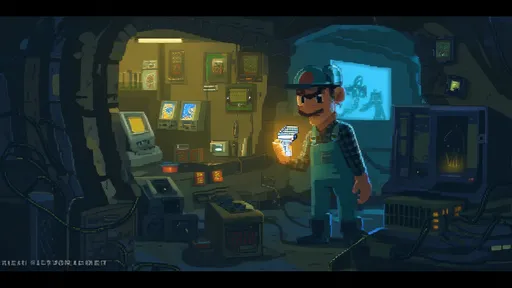
By /Jul 3, 2025
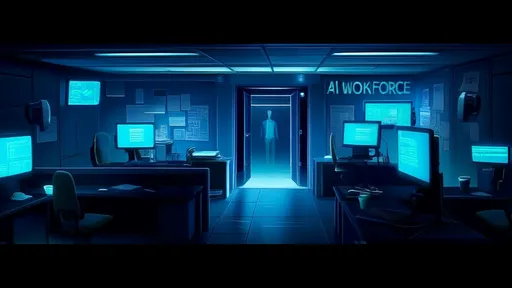
By /Jul 3, 2025